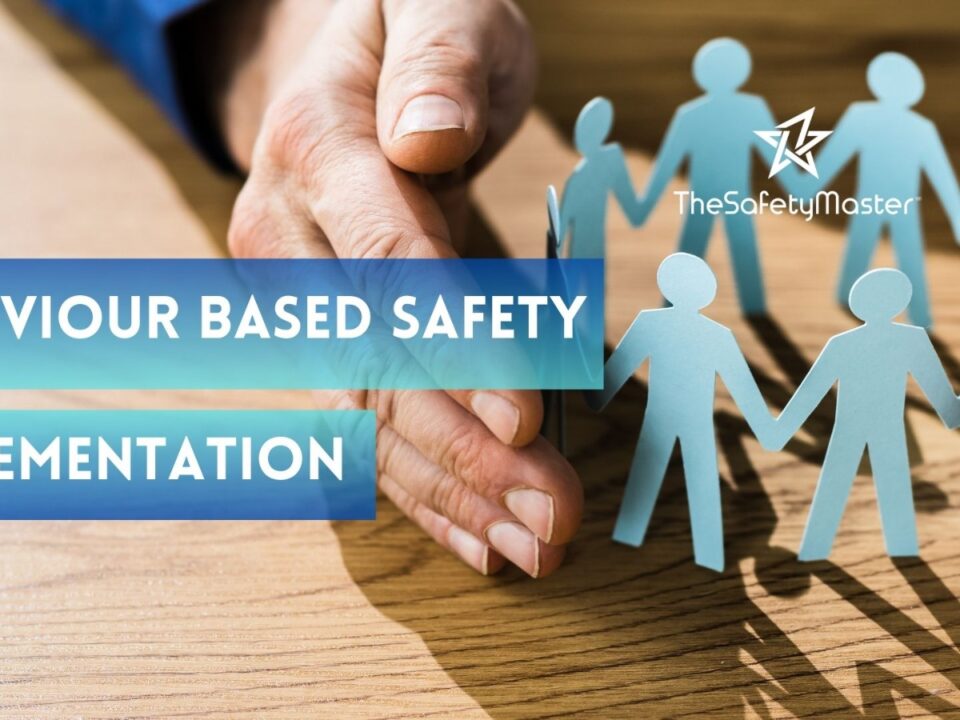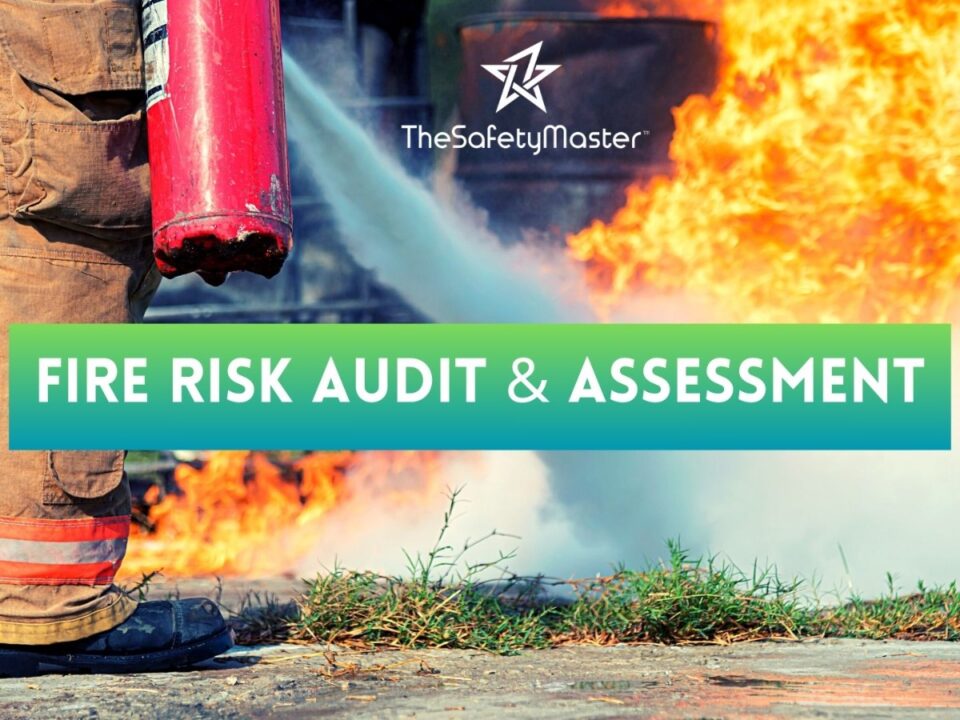Struck-By Accidents: Preventing Injuries from Falling Objects and Moving Equipment – The Safety Master

Phosgene Gas Safety: Preventing Exposure in Chemical Manufacturing Plants
February 22, 2024
Handling Sodium Cyanide: Safety Precautions in Gold Extraction Processes – The Safety Master
February 23, 2024Introduction
In workplaces, the threat of struck-by accidents looms large, posing significant risks to workers’ safety. From falling objects to moving equipment, these accidents can result in severe injuries or even fatalities. However, by understanding the causes and implementing preventive measures, we can mitigate these risks and ensure a safer work environment for everyone involved.
Understanding Struck-By Accidents
Defining Struck-By Accidents
Struck-by accidents occur when a worker is hit by an object or equipment, leading to injuries. These incidents can involve various scenarios, including objects falling from heights, swinging loads, or moving machinery striking workers.
Impact of Struck-By Accidents
The consequences of struck-by accidents can be devastating, resulting in fractures, concussions, or even fatalities. Beyond the physical harm, these incidents can also lead to psychological trauma and financial burdens for both workers and employers.
Common Causes
Lack of Hazard Awareness
Many struck-by accidents occur due to a lack of awareness regarding potential hazards in the workplace. Failure to identify and address these risks increases the likelihood of accidents occurring.
Unsafe Work Practices
Unsafe behaviors such as improper lifting techniques, failure to secure loads, or disregarding safety protocols contribute significantly to struck-by accidents.
Poor Housekeeping
Cluttered work areas increase the risk of objects falling or being struck by moving equipment. Maintaining a clean and organized workspace is essential for preventing such incidents.
Prevention Strategies
Engineering Controls
Implementing engineering controls such as barriers, guardrails, or safety nets can help prevent objects from falling and mitigate the risk of struck-by accidents.
Personal Protective Equipment (PPE)
Providing workers with appropriate PPE, such as helmets, safety glasses, and high-visibility vests, can offer vital protection against struck-by hazards.
Training and Education
Comprehensive training programs on hazard recognition, safe work practices, and equipment operation empower workers to identify risks and take preventive measures effectively.
Safety Equipment
Helmets
Helmets are essential for protecting workers from head injuries caused by falling objects or low-hanging obstructions.
Safety Harnesses
For workers operating at heights, safety harnesses provide critical fall protection and prevent injuries from falls or suspended loads.
Eye Protection
Safety glasses or goggles shield the eyes from flying debris or splashing liquids, reducing the risk of eye injuries in the event of a struck-by accident.
Workplace Policies
Safety Procedures
Establishing clear safety procedures and protocols ensures that workers understand their responsibilities and know how to respond in the event of a struck-by accident.
Regular Inspections
Regular inspections of equipment, tools, and work areas help identify potential hazards and address them promptly, minimizing the risk of accidents.
Training and Education
Hazard Recognition
Training workers to recognize potential hazards and take proactive measures to eliminate or mitigate risks is crucial for preventing struck-by accidents.
Equipment Operation
Proper training in equipment operation ensures that workers understand how to use machinery safely, reducing the risk of accidents involving moving equipment.
Risk Assessment
Identify Hazards
Conducting regular risk assessments helps identify potential hazards and prioritize measures to control or eliminate them, reducing the risk of struck-by accidents.
Control Measures
Implementing control measures such as engineering controls, administrative controls, and PPE based on risk assessment findings helps mitigate struck-by hazards effectively.
Emergency Response
Emergency Procedures
Establishing clear emergency response procedures ensures that workers know how to respond promptly and effectively in the event of a struck-by accident, minimizing the severity of injuries.
First Aid Training
Providing first aid training equips workers with the skills and knowledge to administer immediate care to injured colleagues, potentially saving lives in struck-by accidents.
Case Studies
Successful Prevention Strategies
Examining real-life case studies of workplaces that have successfully implemented preventive measures can provide valuable insights and inspiration for improving safety practices.
Lessons Learned
Analyzing past struck-by accidents and identifying lessons learned helps organizations refine their safety policies and procedures to prevent similar incidents in the future.
Legal Obligations
Regulatory Compliance
Compliance with occupational health and safety regulations is essential for ensuring a safe work environment and avoiding penalties or legal liabilities related to struck-by accidents.
Duty of Care
Employers have a legal duty to provide a safe workplace for their employees, including implementing measures to prevent struck-by accidents and ensuring compliance with safety standards.
Employee Involvement
Safety Culture
Fostering a culture of safety where employees are actively engaged in identifying hazards, reporting concerns, and participating in safety initiatives is essential for preventing struck-by accidents.
Empowerment
Empowering workers to take ownership of their safety and that of their colleagues encourages accountability and promotes a proactive approach to hazard prevention.
Continuous Improvement
Feedback Mechanisms
Establishing feedback mechanisms such as safety committees or suggestion programs enables workers to provide input on safety issues and contributes to ongoing safety improvement efforts.
Training Updates
Regularly updating training programs based on feedback, lessons learned, and industry best practices ensures that workers are equipped with the knowledge and skills needed to prevent struck-by accidents.
Conclusion
Struck-by accidents pose significant risks in the workplace, but with the right preventive measures and a commitment to safety, they can be minimized or avoided altogether. By understanding the causes, implementing preventive strategies, and fostering a culture of safety, we can create safer work environments where employees can thrive without the fear of struck-by accidents.




